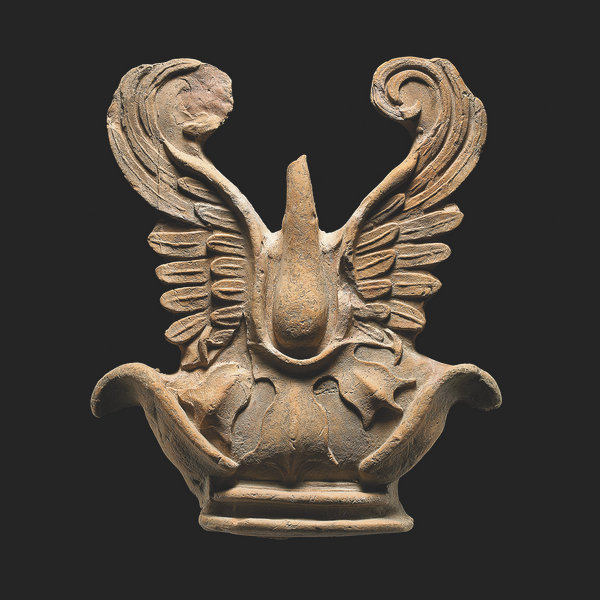 |
|
[Photo by Jiang Dong/China Daily] |
Closer collaboration
Mosazai says the exhibition is part of the collaboration between the two countries in preserving historical relics, especially in view of China's Belt and Road Initiative.
He cites the case of ancient Buddhist ruins found in an Afghan copper mine by its operator-a Chinese mining company.
"We were excavating (the relics) for several years," he says. "But we have limited resources, and we want the support of our friends, especially cultural institutions in China like the Palace Museum, to protect the relics."
He also says that there are many other projects in the pipeline, such as training to preserve artifacts, exchanges of experts and the protection of archaeological sites in Bamiyan province, known for its giant Buddha statues that the Taliban destroyed.
In October, the Palace Museum held a forum on the protection of relics from ancient civilizations in Beijing. Shan says that represents the museum's intention to build an international framework to enhance collaboration.